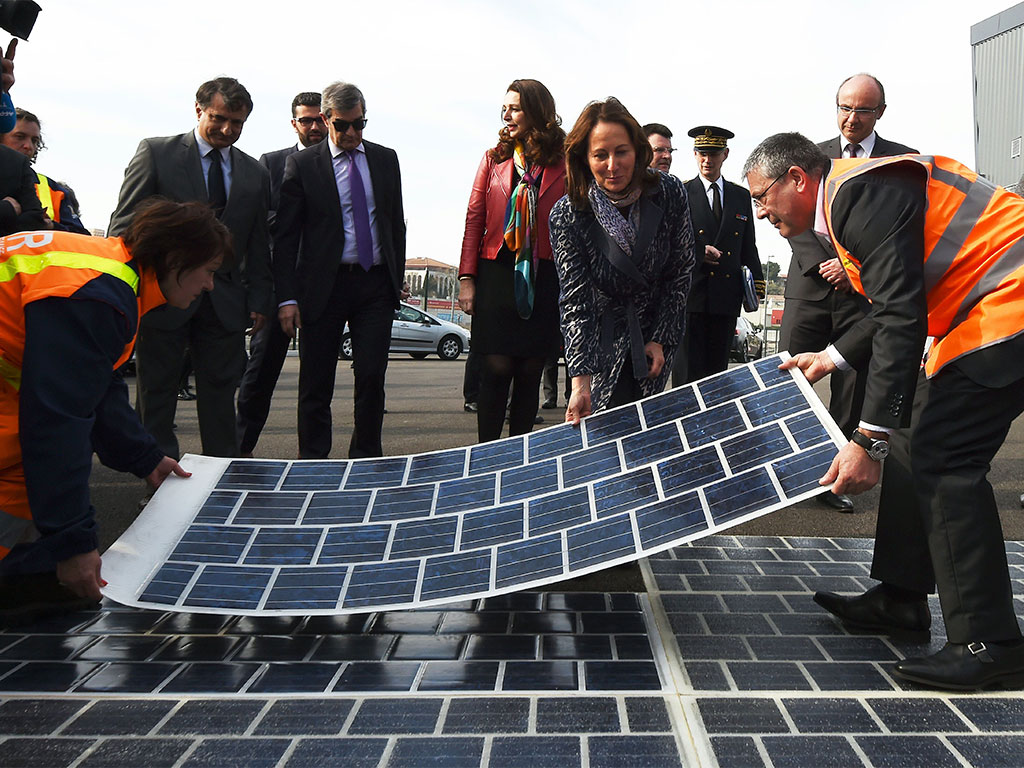Three solar energy innovations that could change the world
As the surge in sustainable energy continues, solar power is spearheading the market – making room for new, innovative platforms

In 2014, the International Energy Agency stated the Sun could be the world’s largest source of electricity by 2050. Renewable energy start-ups have taken advantage of this gap in the market, launching innovative platforms for solar energy.
Any innovation in the renewable sector is a win-win: companies generate revenue, consumers can buy into a cheaper source of energy, and clean energy continues to grow – supporting the green movement.
The following ideas will support a wider market of consumers – especially those in less developed countries who could benefit the most from solar energy, but do not have access to the installation process or equipment needed. Countries such as India, which has recently invested heavily in the solar power sector, could take advantage of these innovations and lead a worldwide trend.
Rollable solar
UK company Renovagen has launched ‘rollable solar’, which takes the form of a long mat of solar panels that can be easily deployed in a variety of locations. The company initially designed a rollable solar farm, and then with power cabling and support structure decided to launch the ‘solar mat’.
The mat is an 18KW unit that can be deployed via a trailer in around two minutes, and a larger system of up to 300KW can be deployed in less than an hour.
The idea was designed as a technological aid for disaster relief, humanitarian response and the military. Renovagen’s CEO and founder, John Hingley, told CNBC: “The end goal for me is the day that I see our product save a life. It will all be worthwhile, regardless of what else happens.”
SolaRoads
SolaRoads consist of hundreds of solar panels installed along roads and bike paths – so that vehicles drive on the same roads that provide them with energy. The project produces a large-scale generation of renewable energy, through sunlight that falls on road surfaces every day.
SolaRoads consist of hundreds of solar panels installed along roads and bike paths
The solar panels are made from pre-fabricated concrete slabs, 2.5 x 3.5 metres in size, coated with a translucent layer of tempered glass – roughly one centimetre thick. SolaRoad said the top layer has been designed to be dirt repellent, skin resistant and durable.
The project was developed by a combination of companies including Dutch research institute TNO, the Province of Noord-Holland and road construction firm Ooms Civiel, among others.
Solar balloons
Through a combination of solar photovoltaic panels, hydrogen production and fuel cells, solar balloons are being deployed above the clouds to generate energy 24 hours a day.
Currently a prototype, a team of researchers at NextPV – a lab that operates in collaboration with the French National Centre for Scientific Research and the University of Tokyo, is working towards launching the unique solar energy solution.
Solar balloons could overcome some of the limitations of standard ground-based solar panels, and will guarantee energy production both day and night. The system combines direct solar electricity production during the day with the production of hydrogen, which serves as an energy storage medium for producing electricity in a fuel cell. Researchers claim solar energy from the balloons could produce three times as much electricity as ground-based solar systems.













